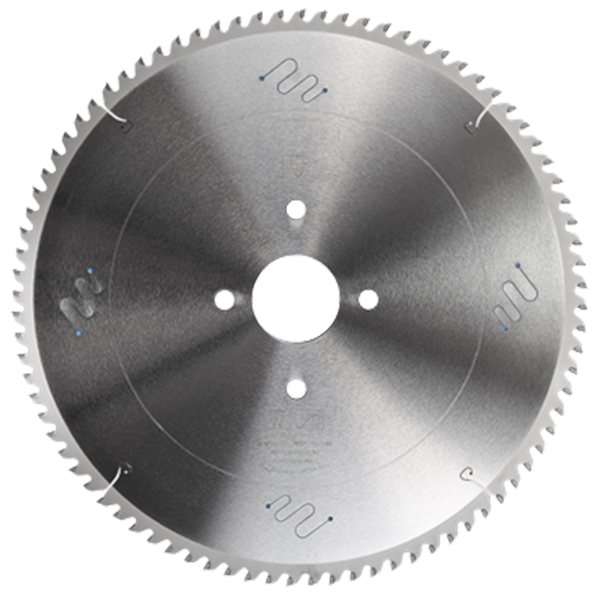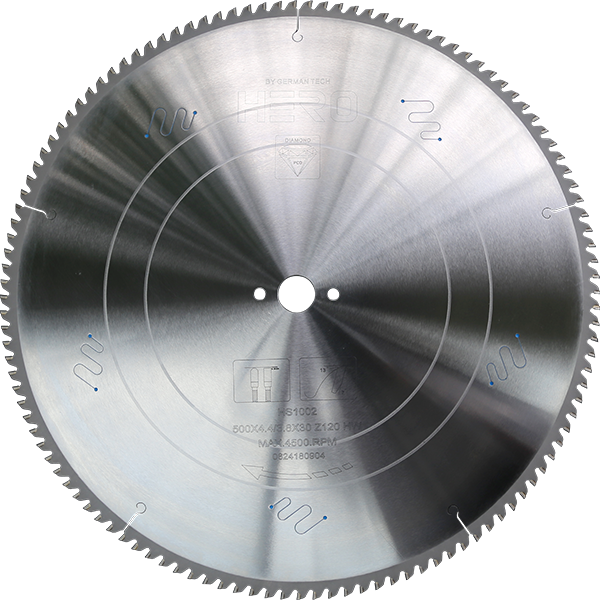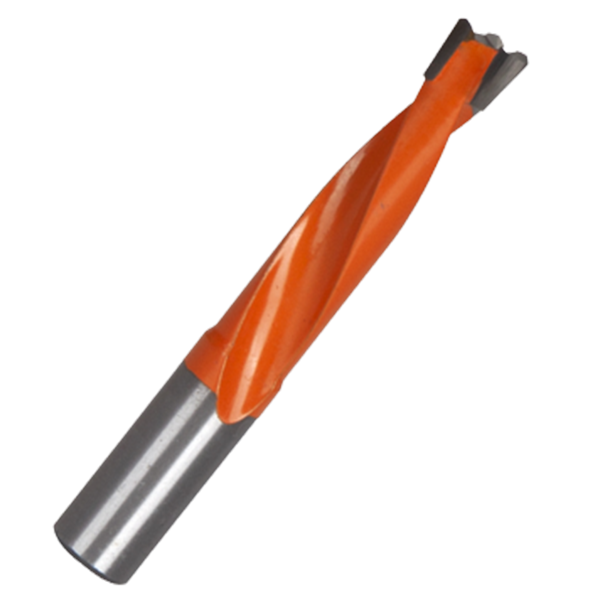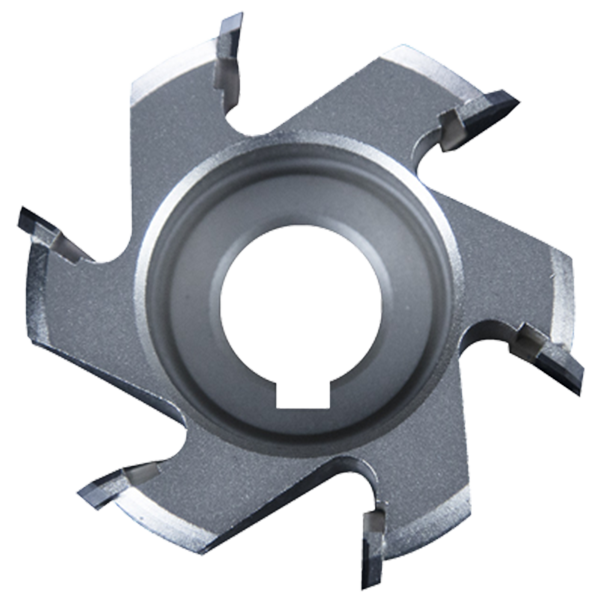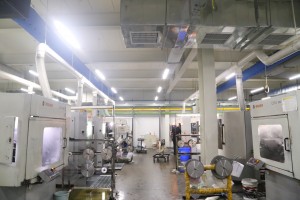What types of saw blades are there?
Saw blades are indispensable tools in woodworking and metalworking and come in a variety of types and sizes, each designed for specific applications. There’s no shortage of quality options, and the sheer volume of available blades could bewilder even an experienced woodworker. Whether you are a professional craftsman or a DIY enthusiast, understanding the different classifications of saw blades can significantly improve your efficiency and the quality of your work. That’s why we’ve put together this article. In this blog, we’ll take a closer look at the various types of saw blades, their uses, and how to choose the right saw blade for your project. It’s part glossary and part guide, with important basic information to help you make the right selection saw blade selection for your project.
What is a saw blade?
A saw blade is a round or flat tool with a sharp edge, designed to cut materials such as wood, metal, plastic, and more. They are usually mounted on a saw, the motor on the saw enables the blade to spin at high speeds, enabling the teeth to smoothly cut through materials. The design and material of a saw blade play a vital role in determining its effectiveness and longevity.
Saw blade type
Circular Saw Blade
A circular saw is either a hand held or table mounted tool used for cutting many types of materials such as wood, plastic, metal and masonry. They are characterized by their round shape and are available in various diameters and tooth shapes.The motor on the saw enables the blade to spin at high speeds, enabling the teeth to smoothly cut through materials.
Universal blade
General purpose circular saw blades are designed for versatility. They can cut a variety of materials and are ideal for general woodworking tasks. These blades typically have a balanced number of teeth that allow for smooth cuts without excessive tearing.They have a higher bevel angle and lower rake to make up for the fewer teeth when crosscutting.When working with thinner lumber or a few plywood cuts for shop furniture, this is go-to blade. They can also work pretty well for making jigs.
Cross cutting blade
Crosscut blades are used for cutting across grains of wooden materials,are designed primarily to achieve a smooth, clean and safe cut when cutting perpendicular to the wood grain.They have a higher tooth count, resulting in cleaner cuts and less chipping.A crosscut blade cuts with kerfed teeth; Teeth alternate from leaning left and leaning right. These blades are great for making precise cuts in plywood and other boards.
Ripping Blade
Ripping saw blades are designed primarily to achieve a smooth, clean and safe cut when ripping wood or cutting in the same direction as the wood grain. They have a limited number of large and straight teeth which allows the dust from the cut to be cast off and removed efficiently,are great for thick materials.. While they may not produce as smooth a surface as crosscut blades, they are very effective at ripping wood.
Combination blades
Combination blades are a mix of different grinds, making them are designed to cut both rips and crosscuts and are the most common type of circular saw blades. Unless you have two circular saw blades available at all times, it would be more than a nuisance to switch from a rip to a crosscut blade every time you change the cutting direction. Therefore, a combination blade allows one to cut in both directions. Combination blades come with a variety of tooth counts. The difference between higher and lower tooth counts is the finish. The higher the number of teeth, the smoother the cut.Work with thicker lumber, but not doing a bunch of dedicated ripping or crosscutting, this is go-to blade.
Table Saw Blade
Table saw blades are designed for use on table saws, which are stationary saws that provide greater stability and precision. These blades are available in a variety of configurations, including:
Painboard Blade
Wainscoting blades are specialized saw blades used to create grooves or wainscoting cuts in wood. They consist of two outer blades and a set of chippers for wider cuts. Wainscoting blades are essential for joinery work, such as creating shelves or fitting pieces together.
Stacking Blades
Stacking blades are similar to wainscot blades but consist of multiple blades stacked together. This configuration allows for wider cuts and greater versatility in creating a variety of joint types.
Bandsaw Blade
A band saw blade is a long, continuous metal ring with teeth on one edge. They are used in band saws to cut complex shapes and curves in wood and metal.
Wood Cutting Blade
Wood cutting bandsaw blades are designed for cutting soft and hardwoods. They typically have fewer teeth and are widely spaced to promote faster cutting.
Metal Cutting Blade
Metal cutting band saw blades are made of high speed steel or bimetallic materials. They have a higher tooth count and are designed to cut through a variety of metals, including aluminum, steel, and stainless steel.
Puzzle Blade
A jigsaw blade is a thin straight blade used on jigsaws (hand-held power tools). These blades are versatile and can cut through a variety of materials, including wood, metal, and plastic.
Wooden Blade
Wood blades are designed for cutting wood and have larger teeth for faster cuts. They are great for making intricate cuts and curves in wood.
Metal Blade
Metal blades are designed to cut metal materials. They have finer teeth and are made of high-speed steel or carbide for durability.
miter saw blade
Miter blades are used in miter saws and are designed to make angled cuts. These blades are available in a variety of configurations, including:
Fine tooth blade
The fine-tooth blade is ideal for precise cuts in trimming and shaping. They produce a smooth surface that is ideal for fine work.
Coarse tooth blade
Coarse-tooth blades are designed for faster cuts and are suitable for cutting larger wood. They may produce a rougher finish but are very effective for rough cuts.
Choose the right saw blade
Choosing the right saw blade for your project is critical to achieving the desired results. Here are some factors to consider:
Material Type
Different materials require different types of saw blades. For example, wood cutting blades will not work on metal and vice versa. Always choose a blade designed for the material you are using.
Number of teeth
In general, blades with more teeth yield a smoother cut, and blades with fewer teeth remove material faster but may leave a rougher surface. Consider the desired finish when choosing a blade.High-quality blades have carbide tips brazed onto the teeth. The more carbide, the better, because the blade can be sharpened several times and last years.Lower quality blades have either steel teeth or too little carbide to really be sharpened.A rip blade isn’t designed to yield a mirror-smooth cut, but a good rip blade will move through hardwood with little effort and leave a clean cut with minimal scoring.
A crosscut blade, on the other hand, is designed to produce a smooth cut across the grain of the wood, without splintering or tearing. The higher tooth count means that each tooth has to remove less material. A crosscut blade makes many more individual cuts as it moves through the stock than a ripping blade and, as a result, requires a slower feed rate. The result is a cleaner cut on edges and a smoother cut surface. With a top-quality crosscut blade, the cut surface will appear polished.
Blade diameter
The diameter of the saw blade affects the depth of cut. Larger blades can cut thicker materials, while smaller blades are better suited for complex cuts.
Gullet size
The gullet is the space between the teeth of the blade.Gullets help keep the saw blade from heating up during cuts, The larger trough allows for faster chip evacuation, they carry air into the cut,making it ideal for cutting thicker materials. Smaller gullets are better for finer cuts.
In a ripping operation, the feed rate is faster and the chip size is bigger, so the gullet needs to be deep enough for the large amount of material it has to handle. In a crosscutting blade, the chips are smaller and fewer per tooth, so the gullet is much smaller. The gullets on some crosscutting blades also are purposely sized small to inhibit a too-fast feed rate, which can be a problem especially on radial-arm and sliding miter saws.The gullets of a combination blade are designed to handle both ripping and crosscutting. The large gullets between the groups of teeth help clear out the larger amounts of material generated in ripping. The smaller gullets between the grouped teeth inhibit a too-fast feed rate in crosscutting.
Maintaining your blade: easy but important
The most important part of owning high quality blades is taking care of them.Proper maintenance of your saw blade is essential to ensure its longevity and performance. Here are some tips for maintaining your saw blades:
Cleaning
Clean the saw blade regularly to remove resin, asphalt and debris. Use a specialized blade cleaner or a mixture of water and vinegar to keep your blades in tip-top shape.
Sharpen
A dull blade will result in poor cutting results and increased wear on the saw. Sharpen your blades regularly or replace them when they become excessively worn.
Storage
Store the saw blade in a dry, cool place to prevent rust and damage. Use a blade guard or sleeve to protect your teeth from accidental damage.
Bringing It All Together
Understanding the different types of saw blades and their specific applications is crucial for anyone involved in woodworking or metalworking. By choosing the right saw blade for your project, you can increase efficiency and achieve high-quality results. Whether you are using a circular saw blade, a band saw blade, or a jigsaw blade, proper care and maintenance will ensure that your tool remains in good condition for years to come. Pleasure remember, the right saw blade can make a huge difference in your process.
Looking for quality saw blades?
We manufacture high quality saw blades for a range of industries. We have 25 years of experience and state-of-the-art equipment to produce the best saw blades at competitive prices. To enquire about our inventory and get a free quote, call us today
Post time: Oct-17-2024








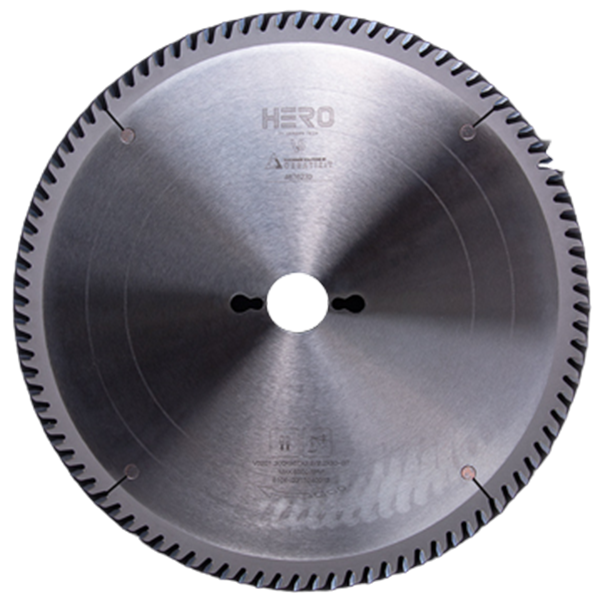 TCT Saw Blade
TCT Saw Blade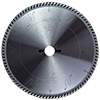 HERO Sizing Saw Blade
HERO Sizing Saw Blade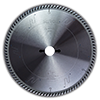 HERO Panel Sizing Saw
HERO Panel Sizing Saw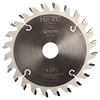 HERO Scoring Saw Blade
HERO Scoring Saw Blade HERO Solid Wood Saw Blade
HERO Solid Wood Saw Blade HERO Aluminum Saw
HERO Aluminum Saw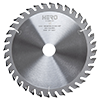 Grooving Saw
Grooving Saw Steel Profile Saw
Steel Profile Saw Edge Bander Saw
Edge Bander Saw Acrylic Saw
Acrylic Saw PCD Saw Blade
PCD Saw Blade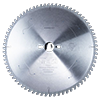 PCD Sizing Saw Blade
PCD Sizing Saw Blade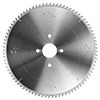 PCD Panel Sizing Saw
PCD Panel Sizing Saw PCD Scoring Saw Blade
PCD Scoring Saw Blade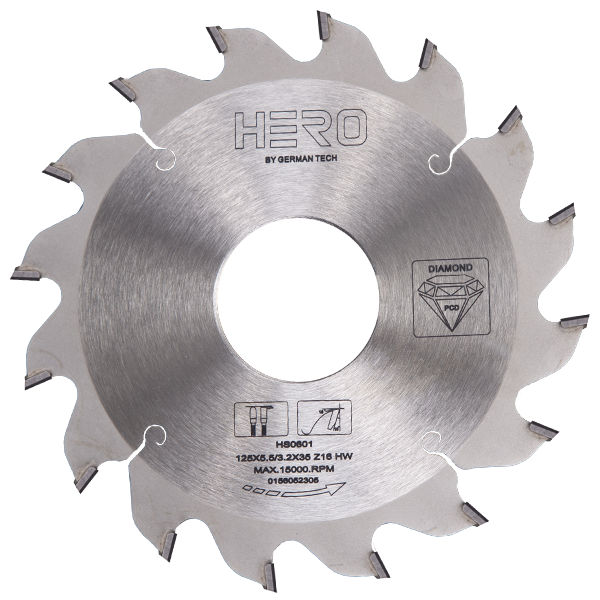 PCD Grooving Saw
PCD Grooving Saw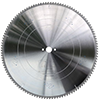 PCD Aluminum Saw
PCD Aluminum Saw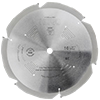 PCD Fiberboard Saw
PCD Fiberboard Saw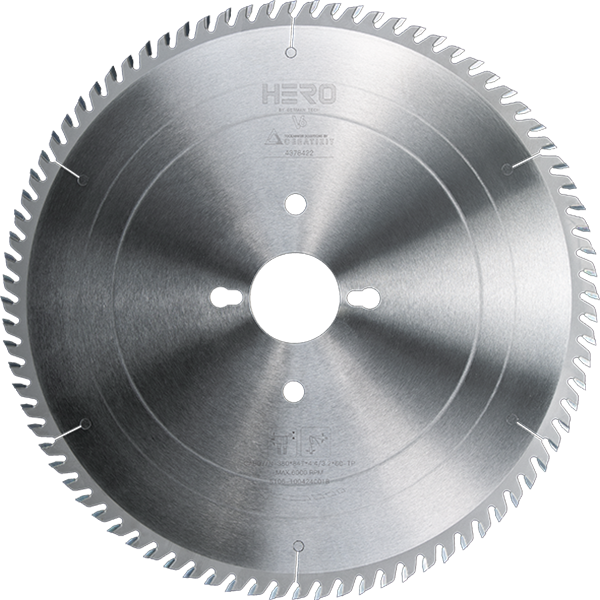 Cold Saw for Metal
Cold Saw for Metal Cold Saw Blade for Ferrous Metal
Cold Saw Blade for Ferrous Metal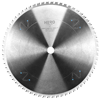 Dry Cut Saw Blade for Ferrous Metal
Dry Cut Saw Blade for Ferrous Metal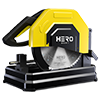 Cold Saw Machine
Cold Saw Machine Drill Bits
Drill Bits Dowel Drill Bits
Dowel Drill Bits Through Drill Bits
Through Drill Bits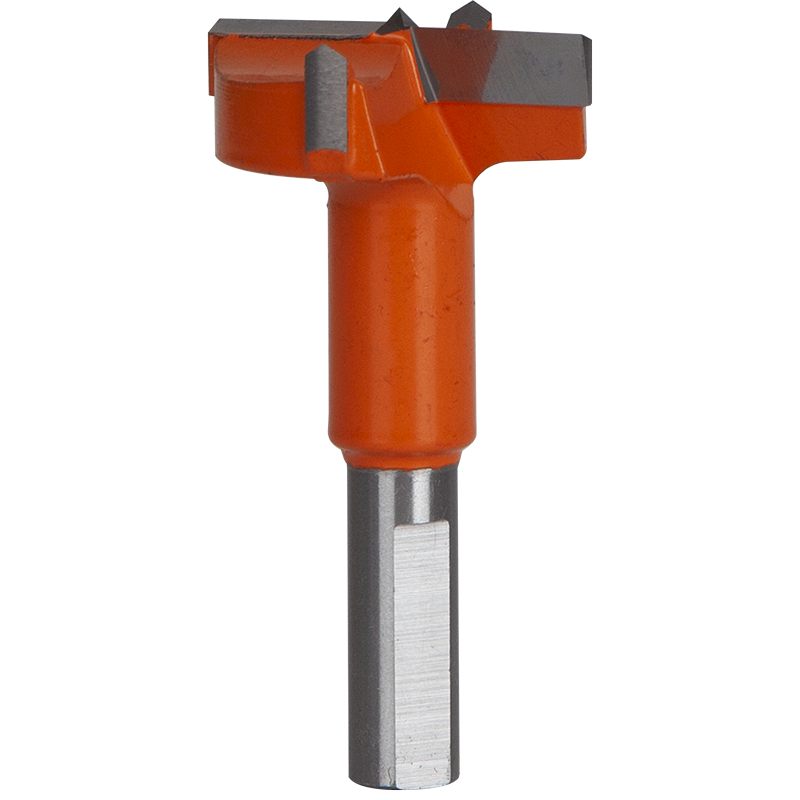 Hinge Drill Bits
Hinge Drill Bits TCT Step Drill Bits
TCT Step Drill Bits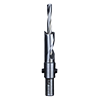 HSS Drill Bits/ Mortise Bits
HSS Drill Bits/ Mortise Bits Router Bits
Router Bits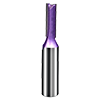 Straight Bits
Straight Bits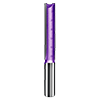 Longer Straight Bits
Longer Straight Bits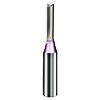 TCT Straight Bits
TCT Straight Bits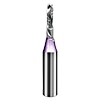 M16 Straight Bits
M16 Straight Bits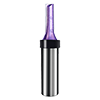 TCT X Straight Bits
TCT X Straight Bits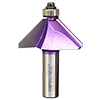 45 Degree Chamfer Bit
45 Degree Chamfer Bit Carving Bit
Carving Bit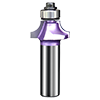 Corner Round Bit
Corner Round Bit PCD Router Bits
PCD Router Bits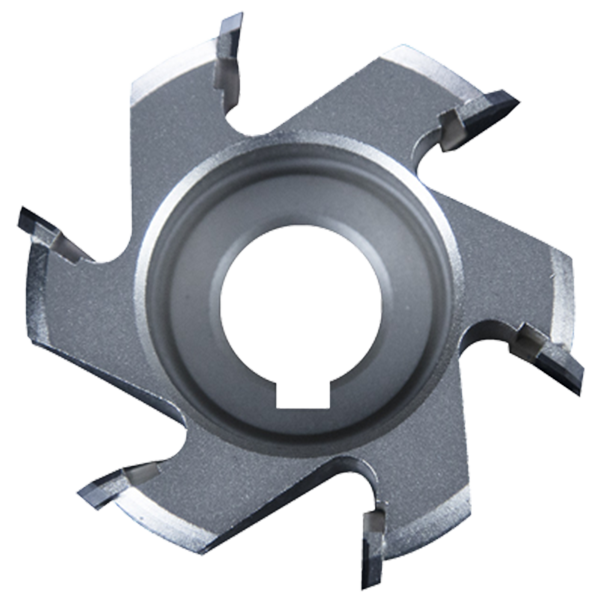 Edge Banding Tools
Edge Banding Tools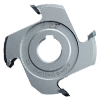 TCT Fine Trimming Cutter
TCT Fine Trimming Cutter TCT Pre Milling Cutter
TCT Pre Milling Cutter Edge Bander Saw
Edge Bander Saw PCD Fine Trimming Cutter
PCD Fine Trimming Cutter PCD Pre Milling Cutter
PCD Pre Milling Cutter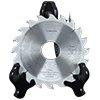 PCD Edge Bander Saw
PCD Edge Bander Saw Other Tools & Accessories
Other Tools & Accessories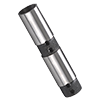 Drill Adapters
Drill Adapters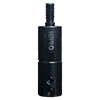 Drill Chucks
Drill Chucks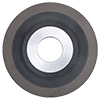 Diamond Sand Wheel
Diamond Sand Wheel Planer Knives
Planer Knives
